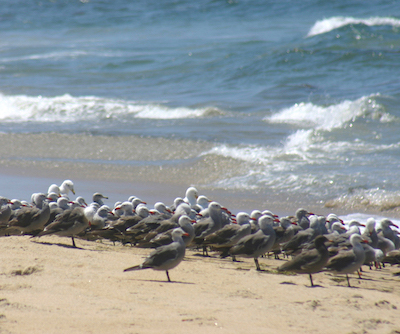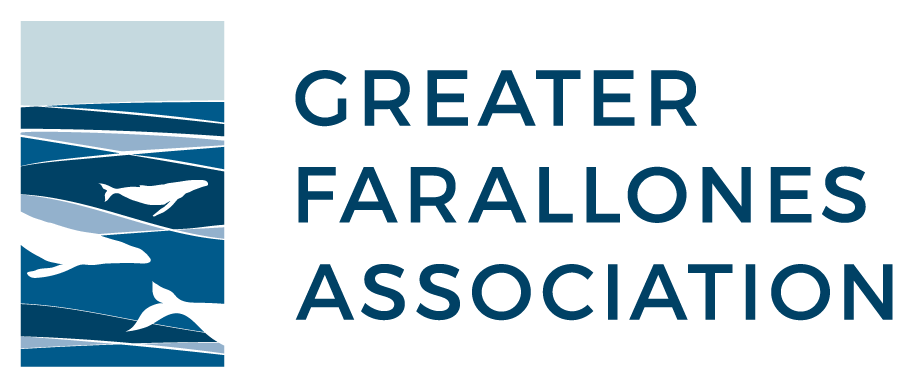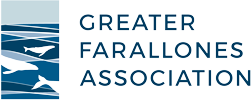Beach Watch Is Back in the Field

Beach Watch has been conducting surveys in Greater Farallones and Monterey Bay National Marine Sanctuaries (GFNMS and MBNMS) biweekly for 27 years! Over these more than two decades, dedicated volunteers have taken to the beach to document tarballs and beached vertebrates, as well as human activities. The data is then used to inform important management decisions for the sanctuaries and beyond.
While this long-standing data collection effort was interrupted recently by Covid limitations, the monitoring under Covid-safe protocols and with limited scope resumed in July.
In ocean conservation, these long-term datasets are the key to making informed management decisions, opening the door to understanding natural and human-caused disturbances like oil spills, sea level rise, pollution, mortality events, and more. Beach Watch surveys are generally the first to detect mortality events among various marine life, or illegal discharge of oil in the Sanctuary. With recent reports of possible mortality events in common murres, Guadalupe fur seals, harbor porpoise, and ocean sunfish, it’s especially important that we collect data on these events. Beach Watch has also received reports of dead cetaceans. While anecdotal reports are helpful, it’s difficult to assess these events without using effort-based calculations.
Effort-based for Beach Watch means that the program has community scientists (currently 63) surveying beaches along 211 miles of coastline in the GFNMS and MBNMS every two weeks. They document live and dead vertebrates (birds and mammals), oil and tarballs, and human activities, and take overall assessments of weather, wrack, and tides. What they find is entered into the Beach Watch database, and can be reflected as a rate of encounter based on kilometers surveyed. Utilizing effort-based protocols like consistency of scheduled surveys, amount of time spent surveying, and procedural tasks during the survey, ensures an effective experimental design that provides robust data and a more accurate assessment of what’s happening on our beaches.
Returning Beach Watch surveys will help identify if mortality events reported recently should be of concern to the Sanctuary, or whether the encounter rates are within normal range. For example, seabird mortality tends to increase a bit this time of year, as a lot of birds have just finished breeding, which is energetically taxing; and chicks are starting to fledge. This continues until late summer, and then there are typically higher numbers overall through the migration season around November, which can mean naturally higher mortality rates as well.
Beach Watch surveys have resumed at approximately 65% of our standardized surveys throughout our entire study area, from southern Mendocino County through San Mateo County. Volunteers will complete standard Beach Watch surveys at beaches where only one surveyor is needed, when a survey team is from the same household, and when they are comfortable resuming surveys.
The program will continue to work closely with Golden Gate National Recreation Area, US Fish & Wildlife Service, the state, and county parks to closely monitor mortality events and respond appropriately.
While Greater Farallones Association works to collect important data, we do not rescue wild injured animals. If you see an injured seabird, we recommend reaching out to organizations like Wild Care who are equipped in responding to and caring for wild birds. Do not attempt to pick up the animal unless you have experience handling wild birds. This goes for marine mammals also – be sure to give them at least 300ft of space, and if you believe a marine mammal is in distress, call The Marine Mammal Center.
Wild Care (415) 456-7283
The Marine Mammal Center: 415-289-SEAL
Photo: Becky Stamski, NOAA (Heermann’s gulls)

